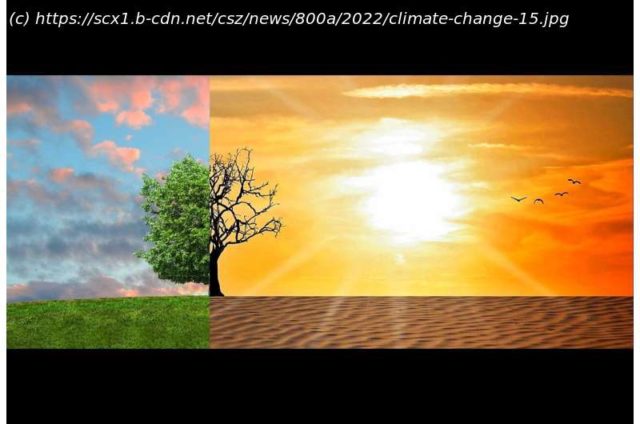Wildfires, drought, extreme heat and other effects of climate change are rapidly accelerating and compounding in California, according to a report from state scientists.
Wildfires, drought, extreme heat and other effects of climate change are rapidly accelerating and compounding in California, according to a report from state scientists.
The fourth edition of „Indicators of Climate Change in California,“ released Tuesday, paints a stark picture of the escalating climate crisis and documents how global reliance on fossil fuels has had wide-ranging effects on the state’s weather, water and residents.
Since the last update in 2018, weather extremes have intensified and become more erratic, officials said, and human health indicators such as heat-related illness, valley fever and wildfire smoke have gotten worse. Some of the changes are irreversible.
„What we find in this report is a continuation and acceleration of the trends we’ve been tracking in earlier editions,“ Amy Gilson, a deputy director with the California Office of Environmental Health Hazard Assessment, told reporters. „It’s not just heat, not just water, but that they cascade and compound through the ecosystem, causing the impacts that we’re seeing.“
The nearly 700-page report focuses on more than 40 key climate indicators and tracks the state’s actions in response. Though much of it is grim, officials said California continues to take „world-leading actions“ that could serve as a model for other states, including measures to protect coastal waters, invest in renewable energy resources and phase out gas-powered vehicles.
Still, they stressed, time is not on our side.
„This all needs to be very urgent,“ said Yana Garcia, secretary for environmental protection at the California Environmental Protection Agency. „We don’t deny that, and so trying to do our best to respond as quickly as possible is certainly the priority that we have, and to implement the programs that we have moving with as tightened timelines as we possibly can.“
Warming temperatures were among the report’s starkest findings, with annual average air temperatures in California increasing by about 2.5 degrees since 1895 and warming at a faster rate beginning in the 1980s. Eight of the ten warmest years on record occurred between 2012 and 2022, and temperatures at night have increased by almost three times more than daytime temperatures.
The warmer conditions have affected water availability in the state by causing more precipitation to fall as rain instead of snow, the report says. Extreme heat events and heat waves—both of which have increased in frequency—are also leading to more heat-related illnesses and greater energy strain in order to provide cooling.






